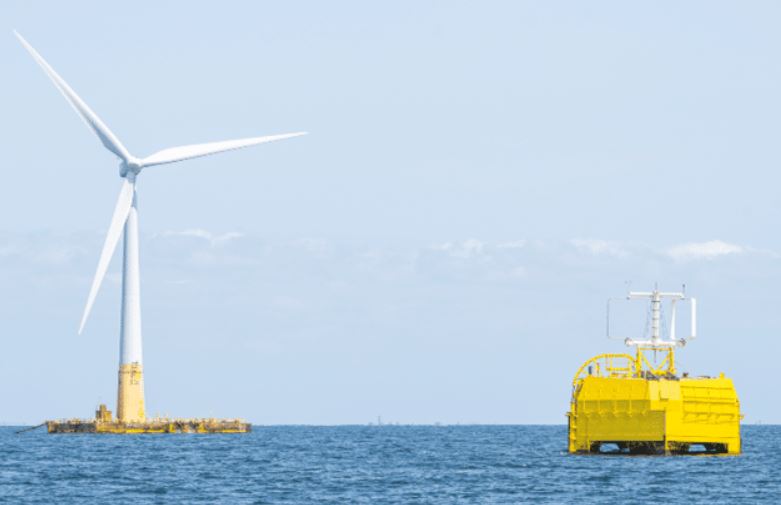Lhyfe has confirmed the success of its offshore hydrogen production pilot platform, Sealhyfe.
The project, a world-first for offshore hydrogen production, has not only met its initial objectives but has laid the foundation for Lhyfe’s ambitious journey toward large-scale offshore production.
The Sealhyfe project, initiated by Lhyfe, sought to demonstrate the feasibility of producing hydrogen offshore from renewable energy sources. The key objectives included showcasing Lhyfe’s ability to operate an industrial-scale production unit (1 MW) in an isolated environment, testing the reliability of electrolysis technology in harsh offshore conditions, and collecting crucial data to optimize and scale up production processes for future large-scale offshore sites.
From September 2022 to November 2023, a myriad of measurement and data collection instruments meticulously tracked the production unit’s parameters both at the quayside and at sea.
Reviewing the Triumphs
- System Responsiveness and Versatility:
-The experiment validated Lhyfe’s capability to manage an industrial-scale production unit in diverse configurations, crucial for grid services.
-The electrolysis system exhibited high performance, matching that achieved on land, affirming its reliability in offshore conditions.
-Versatility and responsiveness were repeatedly tested, confirming the system’s adaptability to the variability of wind power in offshore settings. - Robustness:
-Enduring extreme conditions, Sealhyfe faced five significant storms, including Storm Ciaran, with waves exceeding 10 meters and winds surpassing 150 kph.
-Post-analysis on land confirmed the system’s robustness, with all equipment returning unharmed and production capacity intact. - Equipment and System Optimization:
-On-board and remotely-controlled instruments identified optimization opportunities for efficiency, reliability, and safety systems.
-The learnings from Sealhyfe will be instrumental in enhancing Lhyfe’s production units for future projects. - Remote Control:
-Benchmark testing at the quayside phase helped de-risk the project, identifying and mitigating impacts specific to offshore hydrogen production.
-The experiment validated software and algorithms for producing green hydrogen, reducing maintenance operations to fewer than ten. - Regulatory Developments:
-Collaborating with French authorities, Lhyfe defined operating rules for green hydrogen production units in diverse environments, including open sea.
The triumph of Sealhyfe serves as a launchpad for Lhyfe’s next venture—HOPE (Hydrogen Offshore Production & Exploitation). Securing a €20 million grant from the European Commission and an additional €13 million grant from the Belgian government, HOPE represents a colossal leap in offshore ambitions.
From 2026, the HOPE project aims to produce up to 4 tonnes per day of green hydrogen at sea, with a production capacity of 10 MW. The hydrogen will be exported ashore by pipeline, compressed, and delivered to customers. Simultaneously, the Sealhyfe project’s insights will ensure the reliability and optimization of Lhyfe’s onshore production sites, targeting a capacity of 22 tonnes of green hydrogen per day by the end of 2024 and an impressive 80 tonnes per day by 2026.
